Schiaparelli now: Daniel Roseberry
The American designer talks Elsa Schiaparelli, creative freedom and making changes
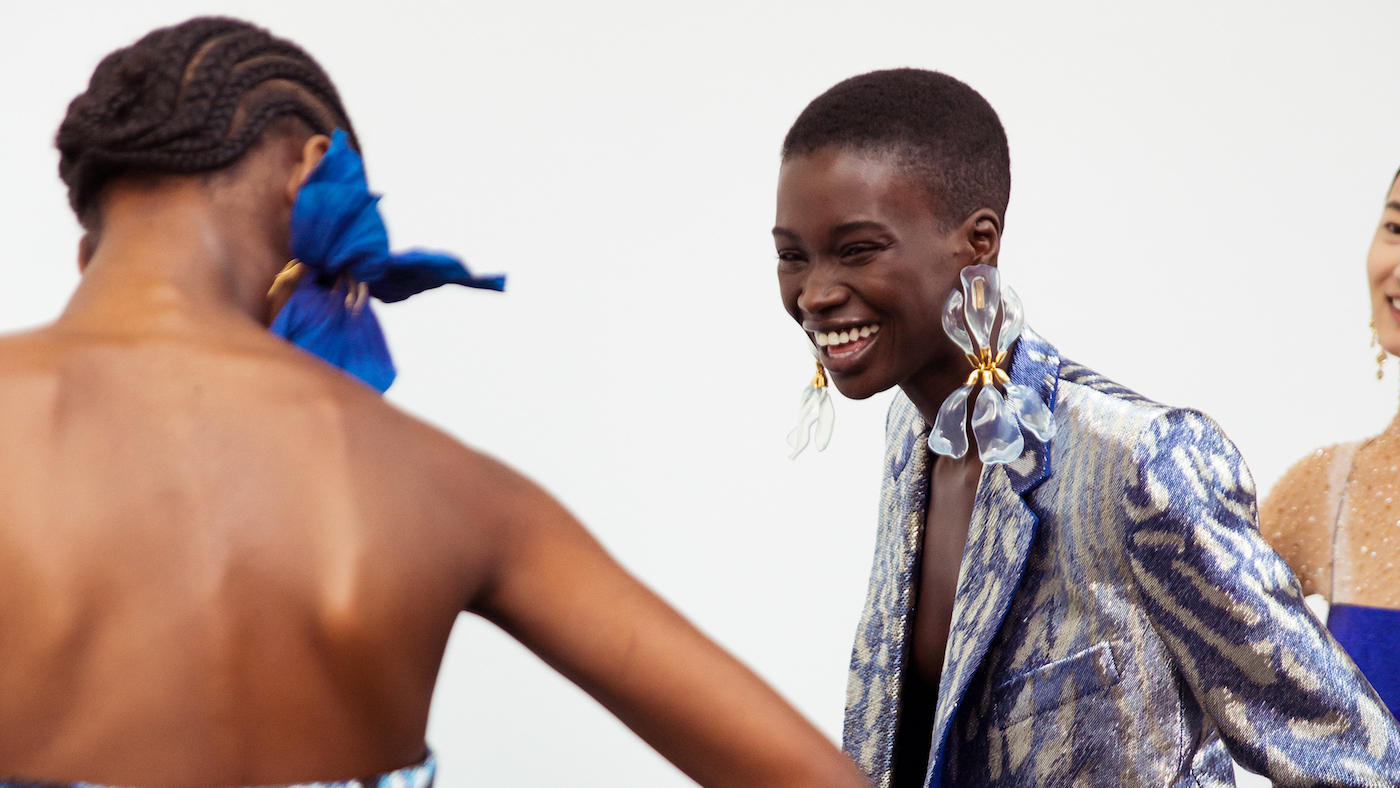
The Chambre Syndicale de la Haute Couture decided to forgo traditional runway shows in July. Instead, the governing body of France’s fashion system invited brands to showcase their Autumn/Winter 2020 haute couture collections in short films, presented digitally.
When it came to producing Schiaparelli’s film, the maison’s artistic director Daniel Roseberry found himself quarantined in New York City, many thousand miles away from the brand’s storied home at 21, Place Vendôme. And so, on 29 June a small film crew including director Christophe Tiphaine followed Roseberry down empty Manhattan avenues and past boarded-up shop fronts to Washington Square Park, where the designer sketched 31 ensembles which will eventually be realised at Schiaparelli’s Parisian ateliers.
A study of contrasts, Roseberry outlined tailleurs – some sharp-shouldered, other sparkling with chandelier-like embroideries – plus sculpted dresses that fit close to the body and erupt in exaggerated sleeves and sweeping skirts. Encircling the waist of a short black dress, swaths of fabric appear to defy gravity entirely. Roseberry’s cloud-like flourish will be cut from Shocking Pink material; in addition to the brand’s signature tone, capital letter ‘S’ earrings, measuring-tape bordures and a handbag closing at the snap of a metal padlock point to Elsa Schiaparelli.
The Week
Escape your echo chamber. Get the facts behind the news, plus analysis from multiple perspectives.

Sign up for The Week's Free Newsletters
From our morning news briefing to a weekly Good News Newsletter, get the best of The Week delivered directly to your inbox.
From our morning news briefing to a weekly Good News Newsletter, get the best of The Week delivered directly to your inbox.
Since his appointment as Schiaparelli’s artistic director in April 2019, Roseberry has made a subtle referencing of the brand’s heritage part of his custodianship. Instead of relying on Schiaparelli’s best-known motifs and codes, he has redressed the house’s DNA as that of an innovator, championing creative experimentation.
“When you look at her actual physical pieces they seem so intuitive,” Roseberry says on the phone from his Manhattan apartment. “Even the way that the garments are constructed – the seaming, the darts – all of these decisions feel like they were made in this vacuum in her mind. I think that there was real sincerity to what she did and that still rings very relevant to me now.”
Few nods to the brand’s colourful past could be subtler than the stateside setting of Collection Imaginaire, Roseberry’s short film: coincidence or not, Washington Square Park was also the first Manhattan address Elsa Schiaparelli called home when the Rome-born couturière arrived at the hotel Brevoort in 1916, accompanied by her husband Wilhem de Kerlor. Their marriage was short-lived: de Kerlor left Schiaparelli in 1920 shortly after the birth of their only daughter Maria-Luisa Yvonne “Gogo” Radha. Two years later, Schiaparelli returned to Paris.
In the French capital, Schiaparelli set up business; the autodidact eventually parlayed a 1927 unveiled selection of hand-knit jumpers with trompe l’oeil motifs (first a bow, then pierced hearts, skeleton bones and risqué sailors’ tattoos) into a Place Vendôme headquartered fashion house. In 1932, her business counted 400 employees, dressing Daisy Fellows, Joan Crawford, Mae West, Marlene Dietrich and others in Circus, Zodiac or Pagan themed collections. She was the first to theme her collections; marrying creative whimsy with technical ingenuity, Schiaparelli – the premiere female designer to cover Times magazine in 1934 – also debuted the use of zips in haute couture, came up with the today ubiquitous newspaper print and developed off-centre materials including a permanently pleated crushed rayon crepe. With industrialist-inventor Charles Colcombet, she fashioned outerwear from Rhodophone, a near transparent plastic. Business-savvy, Schiaparelli was the first to license her name to the production of sunglasses in 1952.
A free daily email with the biggest news stories of the day – and the best features from TheWeek.com
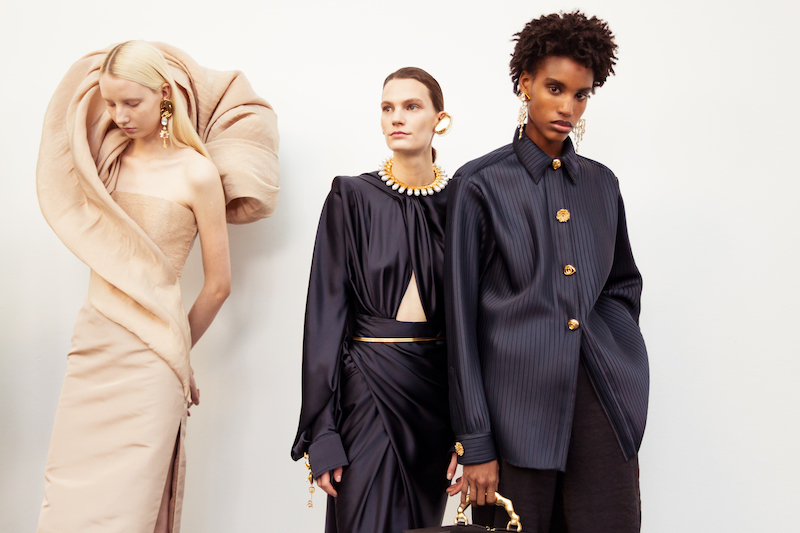
Roseberry in turn is the first American designer to head up a Parisian couture house. Maison Schiaparelli has been part of Diego Della Valle’s Tod's Group since 2006. “The past year has been such a sprint,” says Roseberry, recalling moving to Paris within just two weeks after accepting the Schiaparelli post. “We did not want to miss a season so I had to get over there as soon as possible.”
Roseberry and his team had a mere 63 days to finish the debut collection. Haute couture is famously a time-intensive undertaking: in his process, Roseberry follows initial sketches with digital collages to consider volume and volume. Final designs then take shape during many fittings at the brand’s ateliers at its place Vendôme nerve-centre. Roseberry says of the business’ rare set-up: “We can do and make things that speak to the way we see the world without the expectation of some commercial benefit.”
Roseberry was raised near Dallas, in northern Texas. The son of an Anglican priest and artist mother, he attended a local private school and sang in church choirs. It was his grandmother and mother who nurtured Roseberry’s artistic talents. “I have been drawing and making art since I can remember,” he says. “It really started to go in the direction of fashion when I was 13, 14. That’s when it clicked. I started to draw fashion figures and dresses. I don’t think anyone from middle school or high school was surprised when I went into fashion.”
In fact, his trajectory was less clear cut. Roseberry’s application to attend Manhattan’s Fashion Institute of Technology (FIT) post high school was accepted; instead, he agreed to complete a year of missionary service in the Middle East, for which he travelled across India, Jordan and Pakistan. “I was too scared to move to New York,” he says. “I was a nervous, very worried closet case. I didn’t know what life in New York was going to mean for me.” Returning to Texas, he toyed with the idea of enrolling in seminary. “I met with the dean and he said, ‘I don't think this is for you. I think you need to go to New York’. I finally made it to New York when I was 20.”
On occasion, there have been autobiographical notes to Roseberry’s work at Schiaparelli. Case in point is the maison’s AW19 haute couture collection – Roseberry’s first for the house – which was unveiled in July last year. Scored to a soundtrack of New York subway noises and excerpts from the designer’s personal Spotify playlist, the show’s set and staging (models circled a sketching Roseberry sat at a runway-centre desk) looked back to a time just before his move to Paris by conceptualising a Chinatown studio. Roseberry had left FIT pre-graduation to join Thom Browne. In 2018, he left his post as the Manhattan fashion brand’s design director, cutting short an 11-year tenure.
“I moved in with two friends of mine and was sleeping on the floor. I had a studio in Chinatown and was drawing things, not with any end goal or purpose. I really, really loved that time,” he recounts. “All my stuff was in storage. I just had this feeling that something was coming. I know that sounds ridiculous but it’s true. I was putting it out there and I knew something was going to happen – the move to Paris happened.”
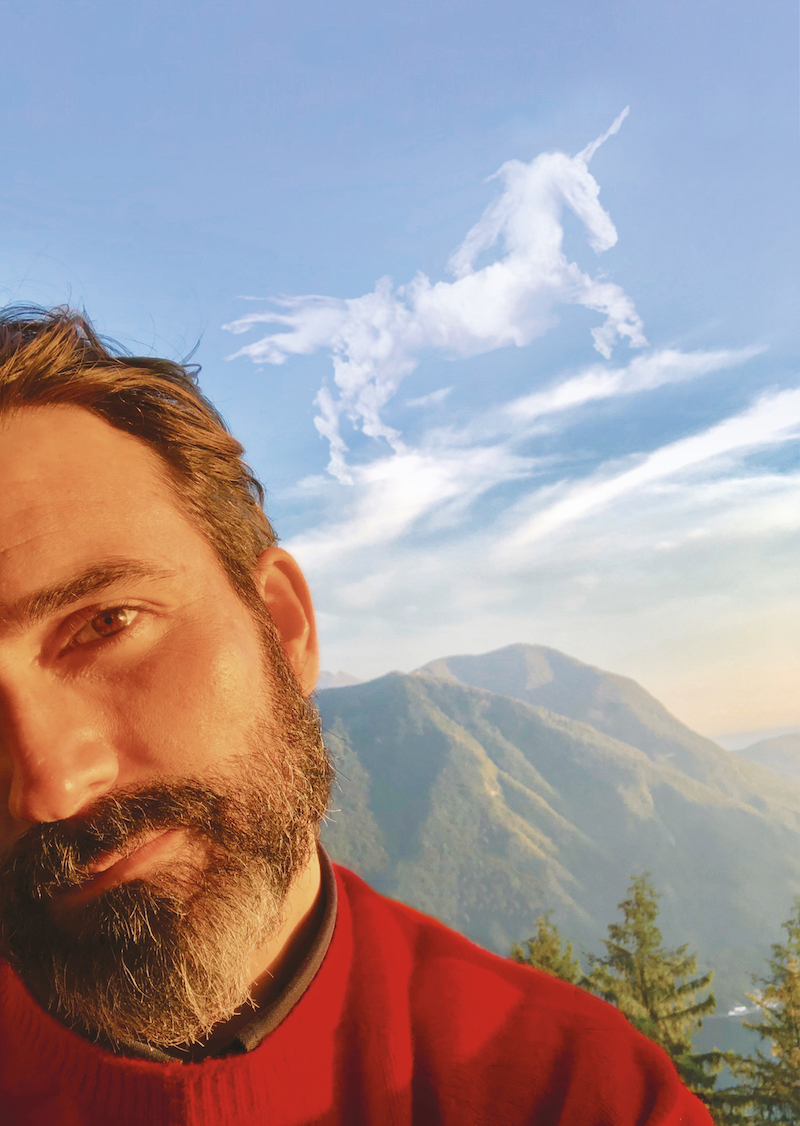
Since joining Schiaparelli, Roseberry has also added a full ready to wear line to the brand’s offering, debuted with this summer’s tailoring-focussed offering. In addition, the company has started to market select accessories via Instagram drops, their reveal timed to fall outside regular fashion season. Recent drops include a cuff bracelet crawling with fanciful ladybugs (the insect was a Schiaparelli favourite) finished in red enamel and an earring casting Schiaparelli’s curlicue signature in golden metal.
Roseberry once told me that he remembers admiring the Bishop of Dallas’ outsized amethyst pinky ring when still a boy. His fascination with jewellery has since grown; in his Schiaparelli collections, he uses fantastical gems to pay the most direct homage to the maison's lineage, casting necklaces, earrings, belt buckles and even glasses to interpret its best-loved emblems. This summer, he dreamt up earrings in the shape of rare hothouse flowers; other designs – an eye shedding crystal tears, a pearl necklace strung with ceramic molar teeth – paid tribute to Elsa Schiaparelli’s work and friendships with the surrealist artists of her time, chiefly among them Salvador Dalí.
For Schiaparelli, the Spanish artist imagined compact cases in the shape of phones’ rotary dials, printed fabrics and perfume bottles. In the meantime, the couturière also partnered with Jean Cocteau and Jean-Michel Franck. Swiss artist Meret Oppenheim devised a selection of Schiaparelli gloves, accented with red fingernails or golden claw-like talons. Roseberry says: “The ethos of the brand really is centred around the marriage of art and fashion.”
Schiaparelli famously opened her business between two world wars, answering to dramatic societal changes with artistry and innovation. “Elsa had her collections coming out when the world felt like it was falling apart,” says Roseberry who has since our interview returned to Paris. His Manhattan quarantine has allowed the designer time for introspection. “It’s been an amazing time to really reconnect with the roots of the brand. I feel so freed up and empowered to be the boldest version of myself and my vision now.”
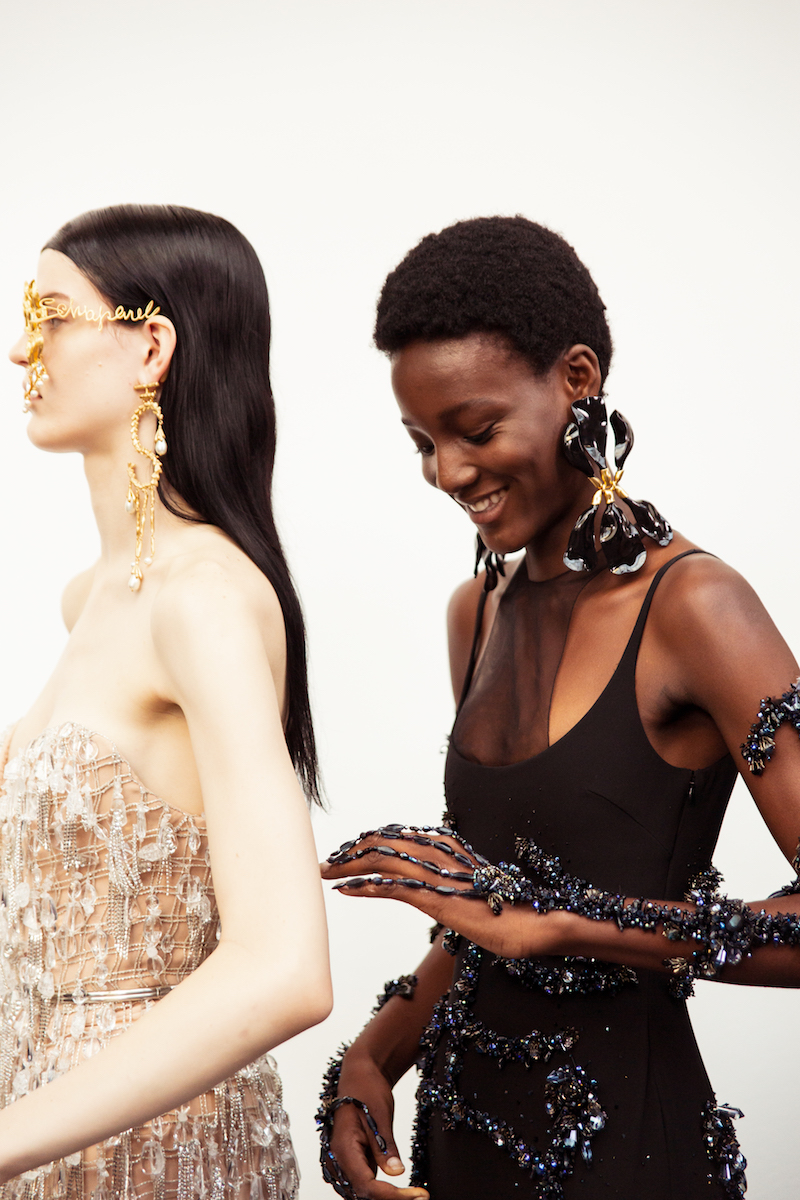
-
 Appetites now: 2025 in food trends
Appetites now: 2025 in food trendsFeature From dining alone to matcha mania to milk’s comeback
-
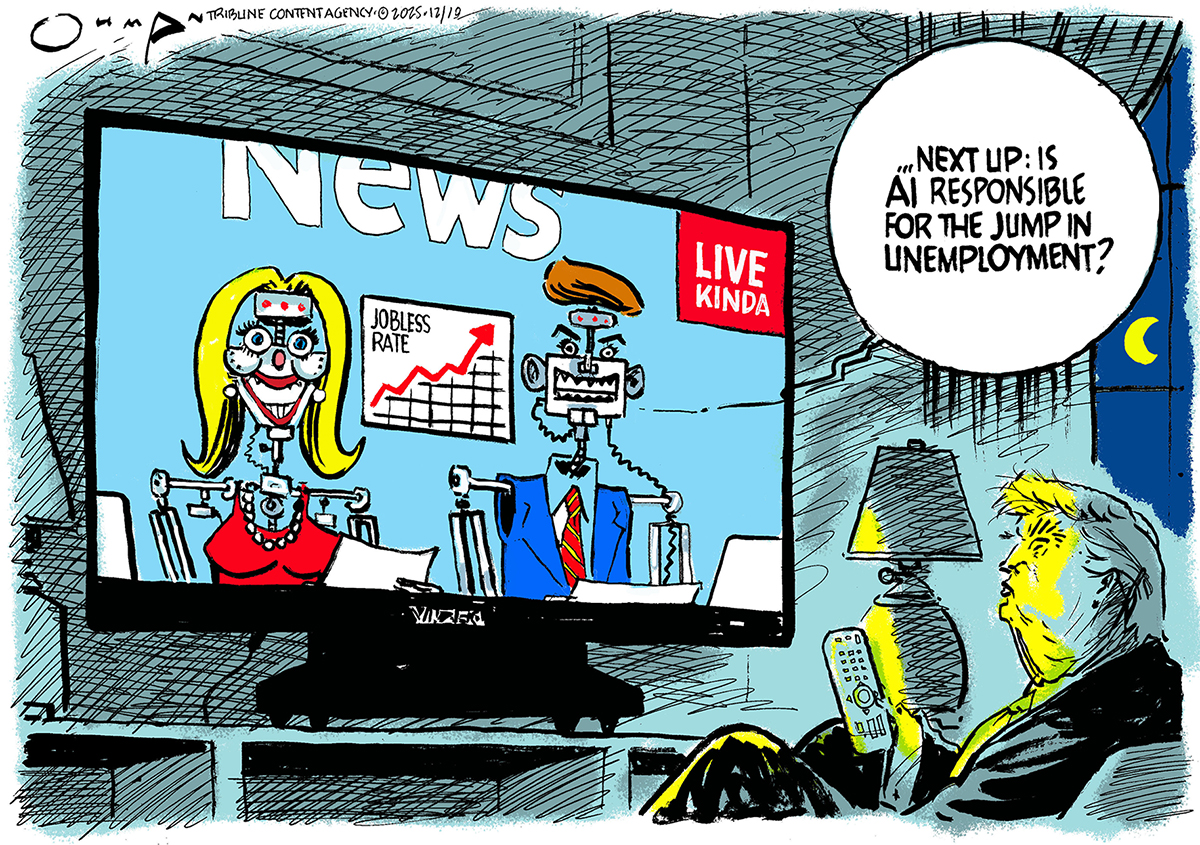 Political cartoons for December 19
Political cartoons for December 19Cartoons Friday’s political cartoons include unemployment rates, taunts and prayers, and more
-
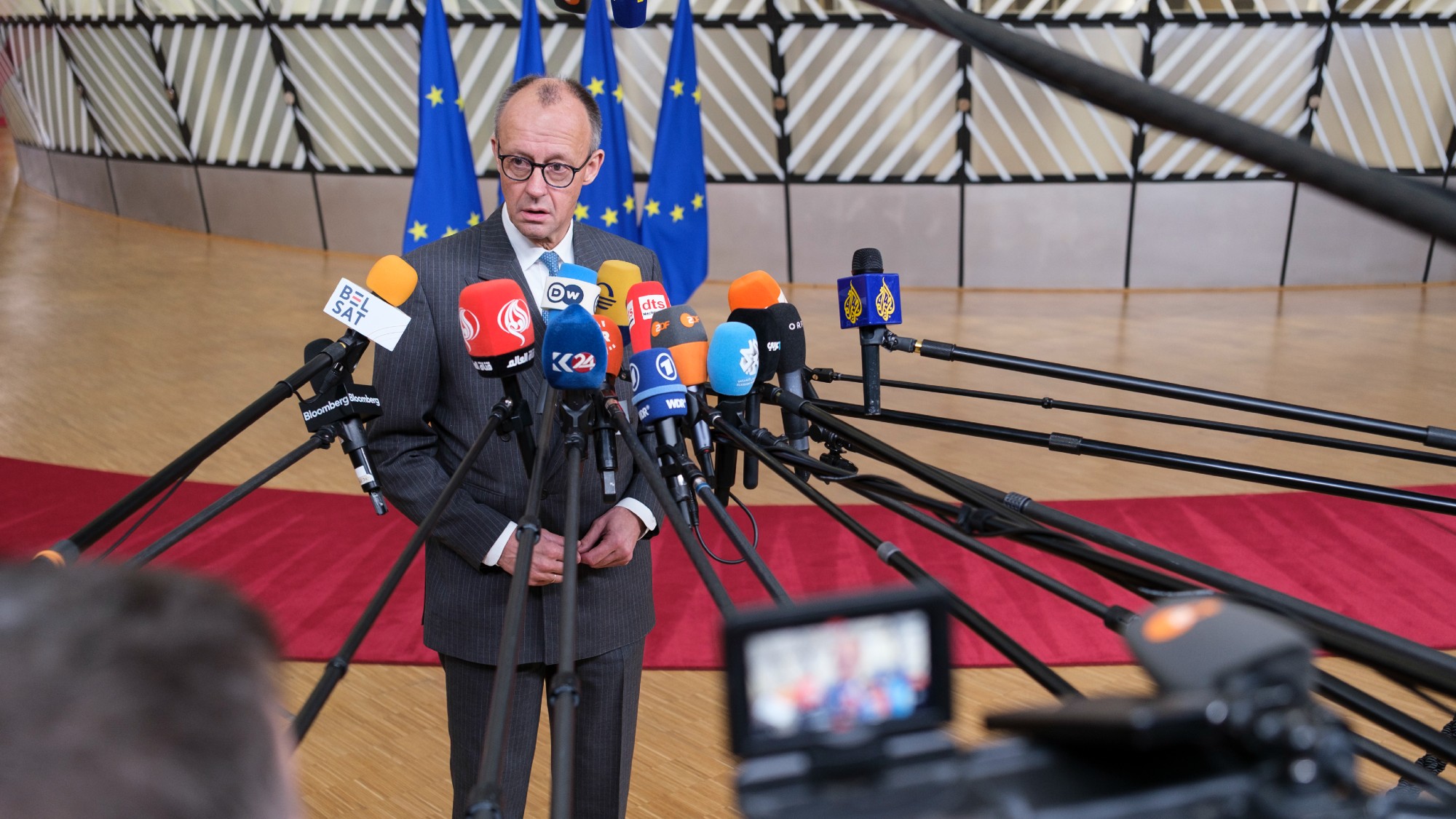 Who is paying for Europe’s €90bn EU loan?
Who is paying for Europe’s €90bn EU loan?Today’s Big Question Kyiv secures crucial funding but the EU ‘blinked’ at the chance to strike a bold blow against Russia